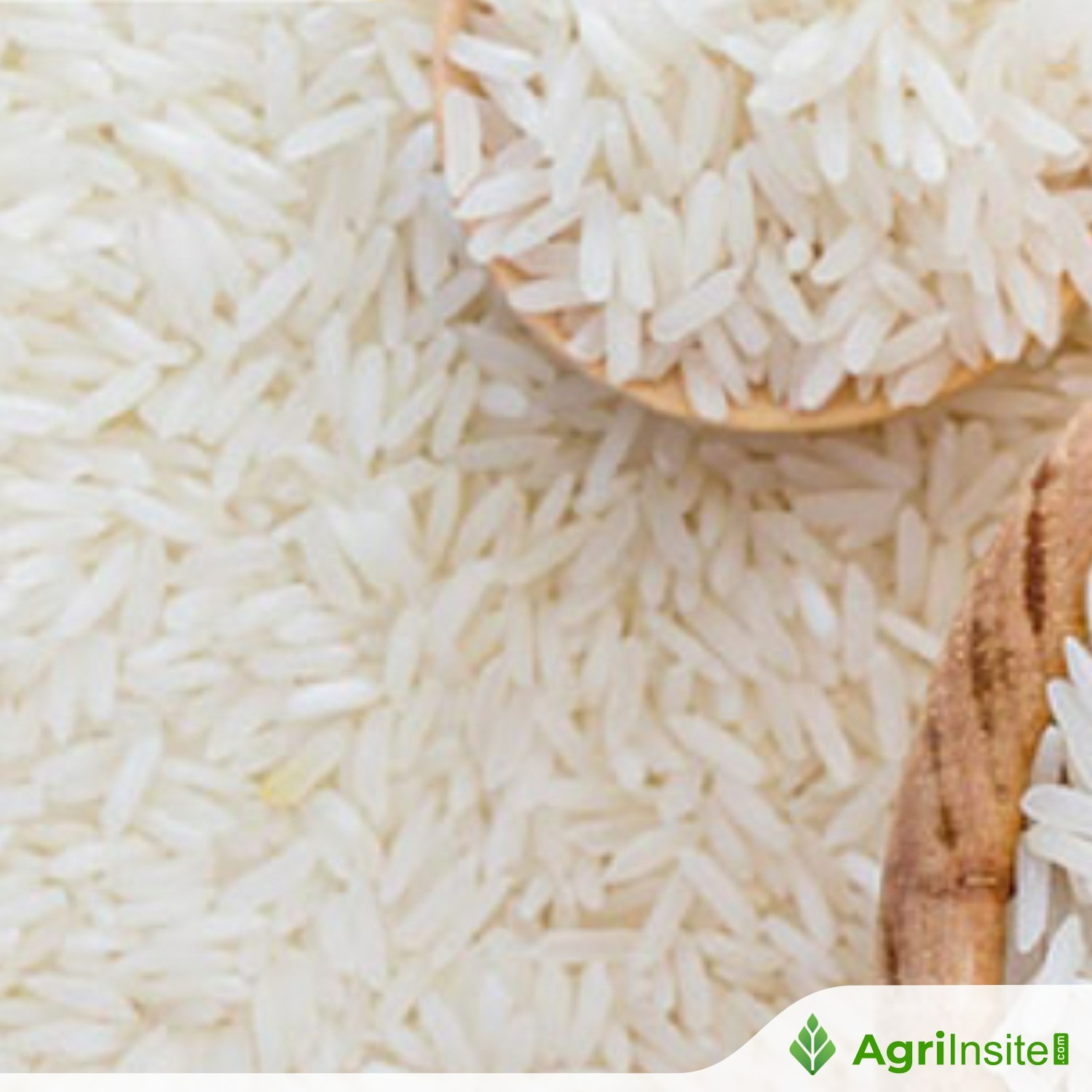USDA: Philippines Local rice supply might run short during import ban

The USDA warned that the Philippines’ record rice output in early 2025 may not meet demand during a 60-day import ban starting September 1. The country usually imports over 750,000 MT in this period. With 2.18 million MT expected from harvest, domestic supply faces pressure to stabilize prices amid import restrictions.
The Philippines’ rice output, which soared to a record high in the first half, may not be enough to meet the anticipated demand during the 60-day import ban set to begin next week, according to the United States Department of Agriculture (USDA).
In a report, the USDA said the country imported over 750,000 metric tons (MT) of rice during mid-September to mid-November in the two previous marketing years.
Based on an estimated consumption, which it did not quantify, the foreign agency said the import demand during the period of temporary ban will be at “similar levels.”
“While domestic rice production in the first half of 2025 increased by over six percent compared to last year, this growth may not fully offset the anticipated demand during the import ban,” the USDA said.
Data from the Philippine Statistics Authority (PSA) showed that production of palay or unmilled rice from January to June reached a record 9.08 million MT, up six percent from 8.53 MT in the same period last year.
The first-half harvest surpassed the previous record of 9.03 million MT in 2023, the year when the country saw its highest annual output of palay at 20.06 million MT, equivalent to 13.2 million MT of milled rice.
This year, the Department of Agriculture (DA) estimated that the country may exceed the agency’s full-year target of producing 20.46 million MT of palay.
The country’s wet cropping season harvest is expected to begin by mid-August, with peak harvesting between September and October.
Estimating based on the PSA’s data on palay standing crops, the USDA expects around 2.18 million MT of palay to be harvested during the period.
The USDA said this represents the available supply for purchase by the National Food Authority (NFA), as well as traders and millers, contingent on storage capacity and market dynamics.
“With the rice import ban in effect, this harvest becomes even more critical in addressing domestic supply needs, as reduced import availability may intensify pressure on local production to meet demand and stabilize prices,” the report read.
President Ferdinand “Bongbong” Marcos Jr. earlier announced that the country will temporarily suspend foreign rice purchases for 60 days in order to stabilize local prices, beginning Sept. 1.
Prices of palay in certain areas have reportedly fallen to as low as ₱8 per kilo, well below the production cost of ₱12 to ₱14 per kilo.
The DA attributed the sharp decline in farmgate prices to the bumper rice harvests across exporting countries and the lifting of India’s rice export ban, which facilitated the steady influx of imported rice to local markets.
Based on data from the Bureau of Plant Industry (BPI), 2.67 million MT of rice had arrived in the country as of Aug. 14.
Agriculture Secretary Francisco Tiu Laurel earlier said his agency will closely monitor market reactions to the import ban to decide whether to shorten or extend the upcoming 60-day import ban
“If palay prices remain low during the ban, we may consider extending it, or recommend that President Marcos increase tariffs. And if prices of palay rise, we could shorten the ban,” said Tiu Laurel.
The USDA is also on the lookout for further developments with the ban since its rice exporters could be at risk from missing the deadline for rice arrivals.
The foreign agency noted that the BPI is mandating all imported milled rice shipped via load bulk carrier to be shipped out from the country of origin on or before Aug. 30, which shall arrive on or before Sept. 15.
“US rice exports shipped via containers may be at risk arriving in the Philippines after the BPI’s September 15, 2025, deadline due to shipping proximity between the Philippines and the United States,” it said.
There is no record of the US exporting rice to the Philippines based on the BPI’s data on rice arrivals by origin, which data has been accounted for since 2019.
To Read more about Rice News continue reading Agriinsite.com
Source : Manila Bulletin














